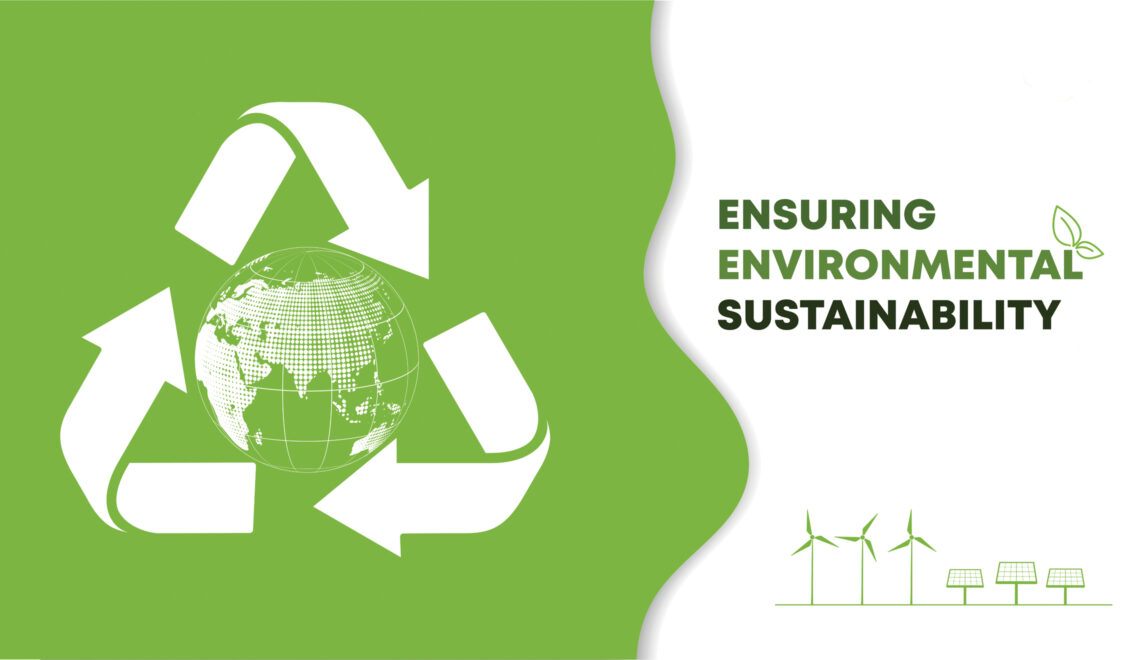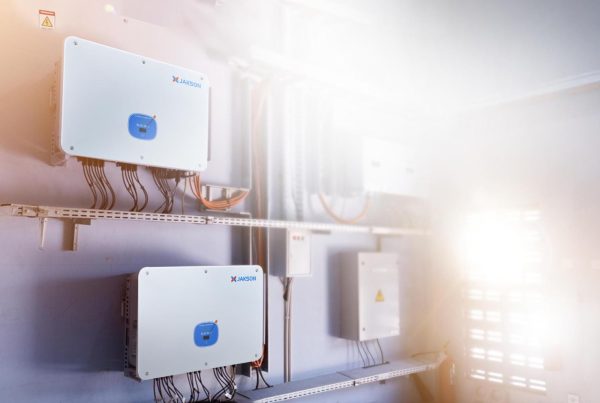The energy industry has been going through a revolutionary phase, and the world is also gradually shifting towards sustainable or renewable energy sources. Amongst multiple renewable sources of energy, solar energy is a primary component in fighting against climate change. Backed by political will and decreasing costs, the sector has shown a significant growth rate in India and across the world.
But here is a catch. Not all that looks sustainable falls under the category. The worrisome concern is with photovoltaic (PV) solar panels.
They fall under the category of sustainable sources of energy, as they are dependent on solar radiation to produce electricity. But what happens to them when they fail to perform efficiently? The policymakers are doing everything at their end to add more capacity, increasing capabilities to more module manufacturing. However, there are some challenges in managing waste from used solar panels.
As per the report, ‘’ The International Renewable Energy Agency (IRENA) estimated that the global photovoltaic waste will touch 78 million tonnes by 2050, with India expected to be one of the top five photovoltaic-waste creators.’’ (Source: International Renewable Energy Agency (IRENA)
According to another report jointly prepared by the National Solar Energy Federation of India, SolarPower Europe, and PVCycle, supported by EU in India and the Ministry of New and Renewable Energy, India can generate a cumulative PV waste as high as 34,600 metric tonnes by the end of 2030. ‘’ (Source: Down to Earth).
But if we calculate this by viewing the India’s solar target for the upcoming years, this figure could go up to 4 to 5 times.
Why an effective mechanism for solar waste disposal is required?
A majority of solar modules have potentially hazardous materials including components of lead & silicon, polymers, and cadmium compounds. If they are not treated with a well-designed disposal & treatment policy, these hazardous materials can have multiple negative environmental and health impacts. Especially, the leaching of lead has some negative consequences. It paves the way for the loss of biodiversity and decreased growth and reproductive rates in plants and animals. It can severally impact the human life functions like kidney function, and reproductive and cardiovascular systems.
On the other hand, Cadmium is highly carcinogenic and can cause problems with respiratory systems.
It comes the polymer part. The back sheet and encapsulants have traces of these polymer and cross-linked plastics.
Unfortunately, these cross-linked plastics can’t be recovered but burned only. The burning of this material poses multiple health and environmental risk due to the formation of highly corrosive gases at the incineration stage. If we throw them in landfills, this waste can mix with soil and water and can damage the ecosystem to the core.
Have a close look at the insights on the solar panel’s life and the factors affecting it:
- Solar panels have an estimated life span of over 25 to 30 years
- Over the time, the panels degrade very slowly in terms of electricity production
- Crystalline silicon panels are more susceptible to a higher degradation rate when exposed to extreme changes in climate
- Mounting position, more exposure to more UV rays, and regular maintenance can add up more years to the life of the solar panel
- A more efficient and equipped BESS (Battery Energy Storage System) can also add to the efficiency and years in the life of a particular solar panel.
Yes, India is in its steadfast pursuit in becoming a sustainable nation. But still, the nation doesn’t have a dedicated policy on managing waste that comes from used solar panels or the manufacturing process. So by the end of this decade, India will face problems related to solar waste, as the most prevalent form of waste in landfills soon.
India needs a comprehensive policy to deal with the solar waste so that we can turn this ticking time bomb into opportunities.
But what needs to be on the policy front, and how policymakers and players can do their part in it? Let’s have a view:
Regulatory Framework
- The policy must mandate solar modules manufacturers to use environmentally sustainable design and components
- The policy must lay down some liabilities for each stakeholder for waste management
- Each manufacturer must have a clear roadmap for PV waste collection, treatment, and disposal
- Government should design a framework to promote sustainable module designs.
Operational infrastructure
- A government body should conduct regular surveys to identify the lags and to understand the latest technologies
- For the high-value recovery, a body must be responsible for identifying investment & innovation for PV recycling facilities.
Here are some Key Recommendations for the Policymakers:
- Introduce a ban on dumping of waste modules in the landfills
- Provide a clear roadmap and devise a strategy for PV module waste management regulation
- The governing body could introduce incentives like green certificates to encourage system recycling of the solar PV waste.
The players in the domain must take care of the following:
- Opt for the latest PV module design to minimize the waste in the early stages. For example, use less silicon and produce less waste
- Go for a design to disassemble approach and reduce the use of toxic elements
- They should collaborate with the research institutes investing in identifying innovative recycling techniques
- Devising innovative business models to finance waste disposal.
A Road to Conclusion
PV waste is rising unprecedently, and India needs to be prepared for it before it goes beyond control. We can take a cue from the EU (European Union) model, as its approach has delivered good results in multiple places. It has plans for allocation liability, setting recovery and recycling targets, treatment procedures, and disseminating consumer awareness.
We also expect PV waste regulations to tighten globally over time, so the Indian government should devise a stringent policy for PV waste management. Both policymakers and private stakeholders should act proactively and opt for some long-term measures for the growth of the sector.









